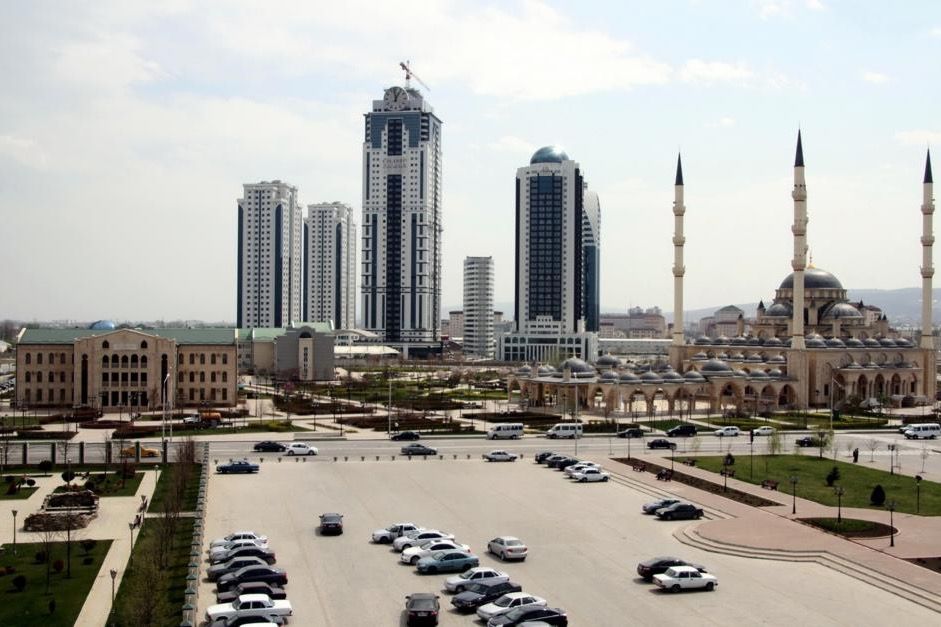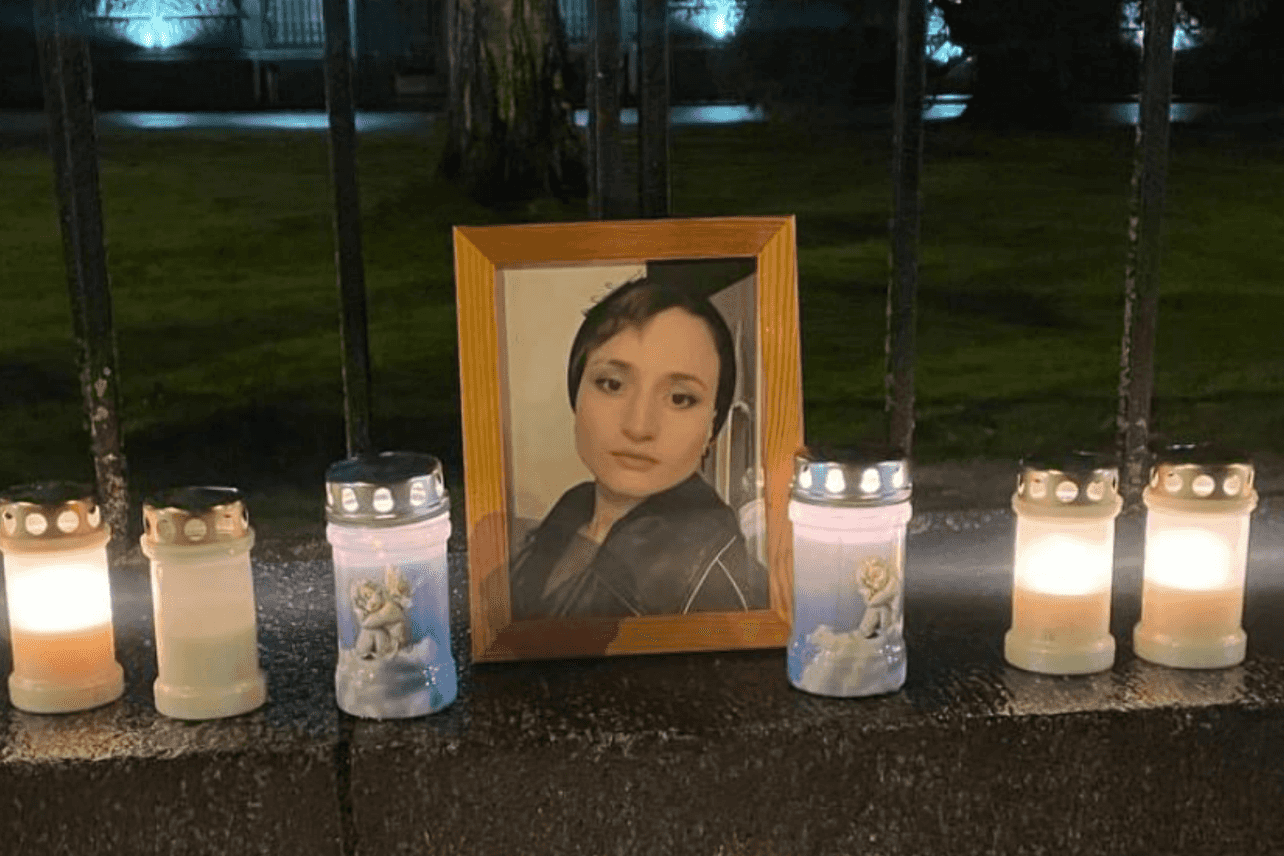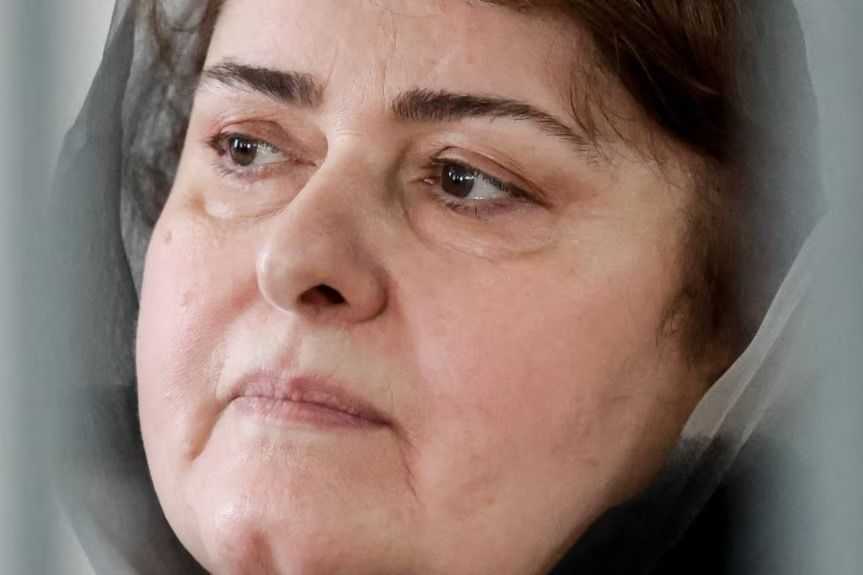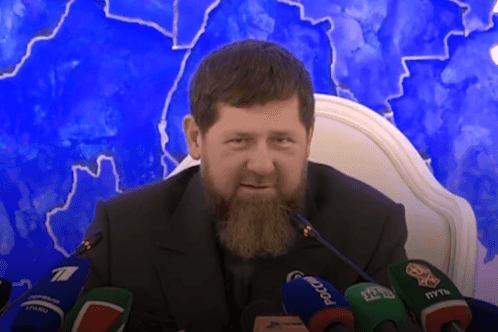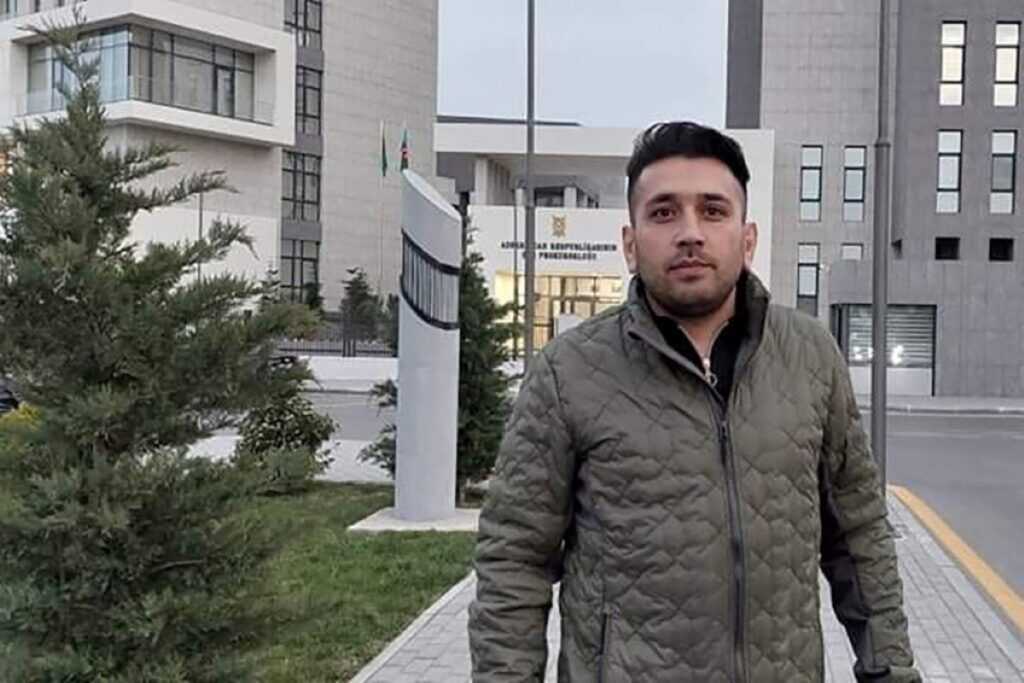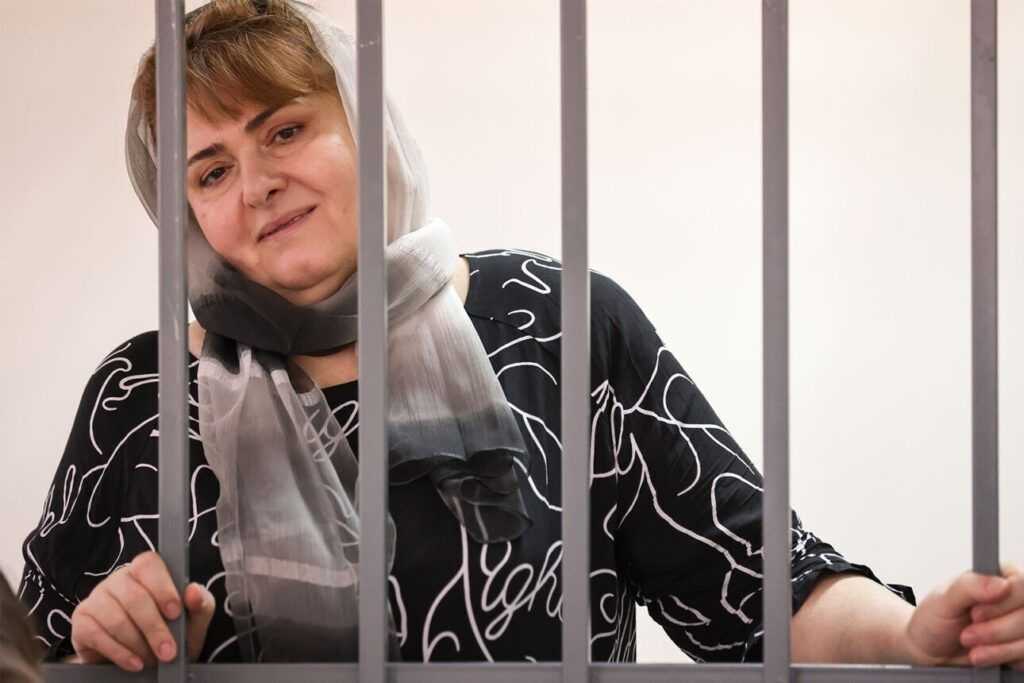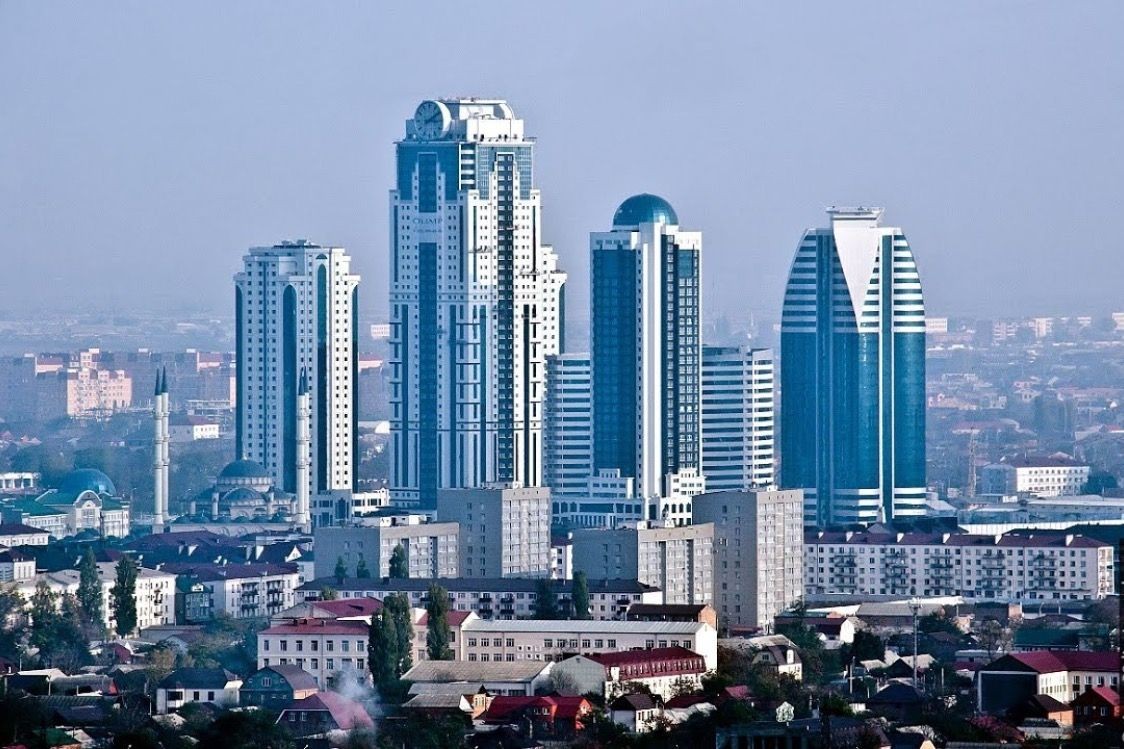
The Bank of Russia has announced it was cancelling the public vote to choose the symbols for the new ₽500 ($6) banknote, citing ‘a large number of attempts to artificially increase the number of votes for certain sites’.
In a statement published on Sunday, the bank noted that these ‘artificial’ votes made it impossible to determine the results objectively. However, they added that they would not abandon the vote altogether, and would announce a new round at a later date, in which they would take measures to prevent any manipulations.
The vote began on the bank’s website from 1 October, with an end date set for Tuesday. Voters were invited to choose the symbols for both the front and back sides of the ₽500 note, with a focus on the North Caucasus.
Chechen authorities became actively involved in the voting process, with Chechen Head Ramzan Kadyrov and Chechen Information Minister Akhmed Dudaev calling on citizens to vote for the Grozny City skyscraper complex. Chechen ministries and state institutions also widely shared links to the vote, encouraging residents to support the Grozny City design.
After Mount Elbrus and Grozny City pulled ahead by a wide margin, Kadyrov urged residents of the republic to vote using all four available authorisation methods on the Central Bank’s website and announced a raffle of ten iPhone 17s among those who submitted four screenshots confirming their participation.
Similar raffles were announced by pro-government public figures, including MMA fighter Askhab Tamaev, who promised a Toyota Camry to one of the voters.
On 10 October, the Central Bank restricted participation to users authorised through Russia’s State Services Portal. Following this, Dudaev accused the bank of ‘supporting nationalists’ and ‘fuelling interethnic hostility’. In a video reposted by Kadyrov, which was later deleted, Dudaev said the bank was ‘hastily complying with nationalists’ demands just as Grozny City took the lead’.
Dudaev also published a petition to Russian President Vladimir Putin on his Telegram channel from the ‘citizens of Chechnya’, claiming that ‘a disgusting campaign of hatred against the Chechen people has unfolded online’.
‘The organisers themselves admit they are buying votes, collecting money from subscribers, and asking oligarchs to fund vote manipulation. As we can see from the results, these requests are not ignored. Thus, a people’s vote is turning into a dirty war of money against the people. This is not the victory of a symbol — it is the victory of hatred’, Dudaev wrote.
The vote became a topic of discussion among nationalist and pro-war bloggers, who opposed the depiction of the Grozny towers on the note. They instead urged people to vote for Mount Elbrus, calling it ‘a national symbol of the Caucasus’. Russian Deputy Parliamentary Speaker Vyacheslav Davankov also joined the campaign, organising his own contest with a raffle of souvenirs and a spa trip.
Several Telegram channels linked to pro-war bloggers, including one run by Vladislav Pozdnyakov, founder of the extremist Male State movement, claimed that there were massive vote manipulations in Chechnya and that people were being forced to participate.
The far-right movement Russian Community separately described the proposed new design as an ‘anti-Russian and anti-Christian diversion’ and an attempt to erase ‘Russian history’, noting that the previous ₽500 note depicted the Solovetsky Monastery in the Arkhangelsk Region.
At the moment the vote was halted, Mount Elbrus had over 1.2 million votes and Grozny City 1 million. The voting results page is currently unavailable.
The redesign of Russian banknotes began in 2021, with each new note representing one of the country’s federal districts. The ₽500 note is intended to symbolise the North Caucasian Federal District.
Similar online votes were previously held without controversy to select the symbols for the ₽1,000 ($12) and ₽5,000 ($62) banknotes.
